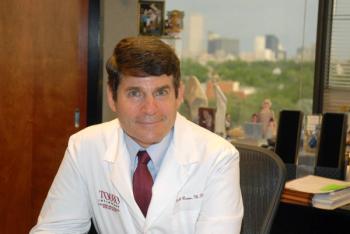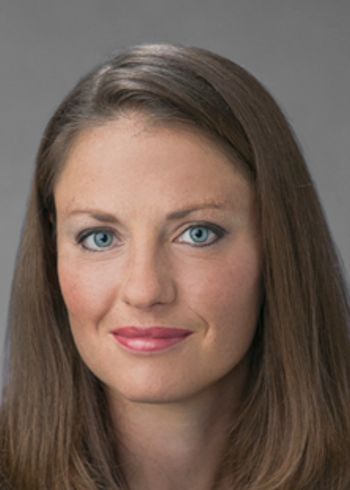
|Slideshows|November 19, 2019
5 questions every older physician should ask themselves
Author(s)By Karen Zupko
Questions you should ask yourself as you think about the future for yourself and your practice.
Advertisement
Newsletter
Optimize your practice with the Physicians Practice newsletter, offering management pearls, leadership tips, and business strategies tailored for practice administrators and physicians of any specialty.
Advertisement
Latest CME
Advertisement
Advertisement







